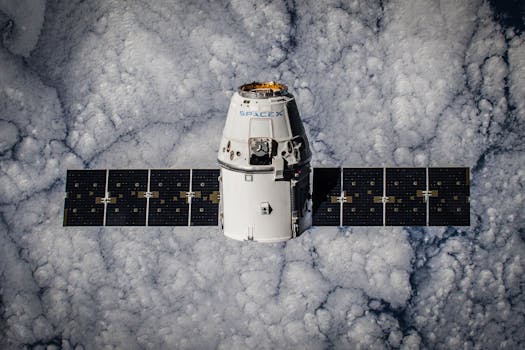The Future of Satellite Technology: Trends and Innovations in The Future of Satellite Technology

The Future of Satellite Technology: Trends and Innovations in The Future of Satellite Technology
The future of satellite technology holds much promise, with trends and innovations set to revolutionize the industry. The Future of Satellite Technology is an exciting and rapidly evolving field, with new developments and advancements being made regularly. From satellite constellations to 5G integration, the possibilities are endless. In this article, we will explore the current state of satellite technology and what the future holds for this industry.
Satellite technology has come a long way since the launch of the first artificial satellite, Sputnik, in 1957. Today, satellites are used for a wide range of applications, including communication, navigation, weather forecasting, and Earth observation. The use of satellites has become an essential part of modern life, and their importance is only set to increase in the future.
The Rise of Satellite Constellations
One of the most significant trends in satellite technology is the development of satellite constellations. A satellite constellation is a group of satellites that work together to provide global coverage and continuous service. These constellations are being developed by companies such as SpaceX, OneWeb, and Amazon’s Kuiper Systems, and are set to revolutionize the way we communicate and access data.
Satellite constellations have several advantages over traditional satellite systems. They provide global coverage, allowing users to access the internet and other services from anywhere in the world. They also offer higher speeds and lower latency than traditional satellite systems, making them ideal for applications such as video streaming and online gaming.
5G Integration and the Future of Satellite Technology
Another significant trend in satellite technology is the integration of 5G networks. 5G is the next generation of wireless technology, and it is set to revolutionize the way we communicate and access data. The integration of 5G and satellite technology will enable the creation of a global network that provides high-speed, low-latency connectivity to users around the world.
The integration of 5G and satellite technology will also enable the development of new applications and services, such as smart cities and the Internet of Things (IoT). These applications will rely on the high-speed, low-latency connectivity provided by 5G and satellite technology, and will revolutionize the way we live and work.
Conclusion
In conclusion, the future of satellite technology holds much promise, with trends and innovations set to revolutionize the industry. From satellite constellations to 5G integration, the possibilities are endless. As the industry continues to evolve, we can expect to see new developments and advancements being made regularly. The future of satellite technology is exciting, and it will be interesting to see how it unfolds in the years to come.

